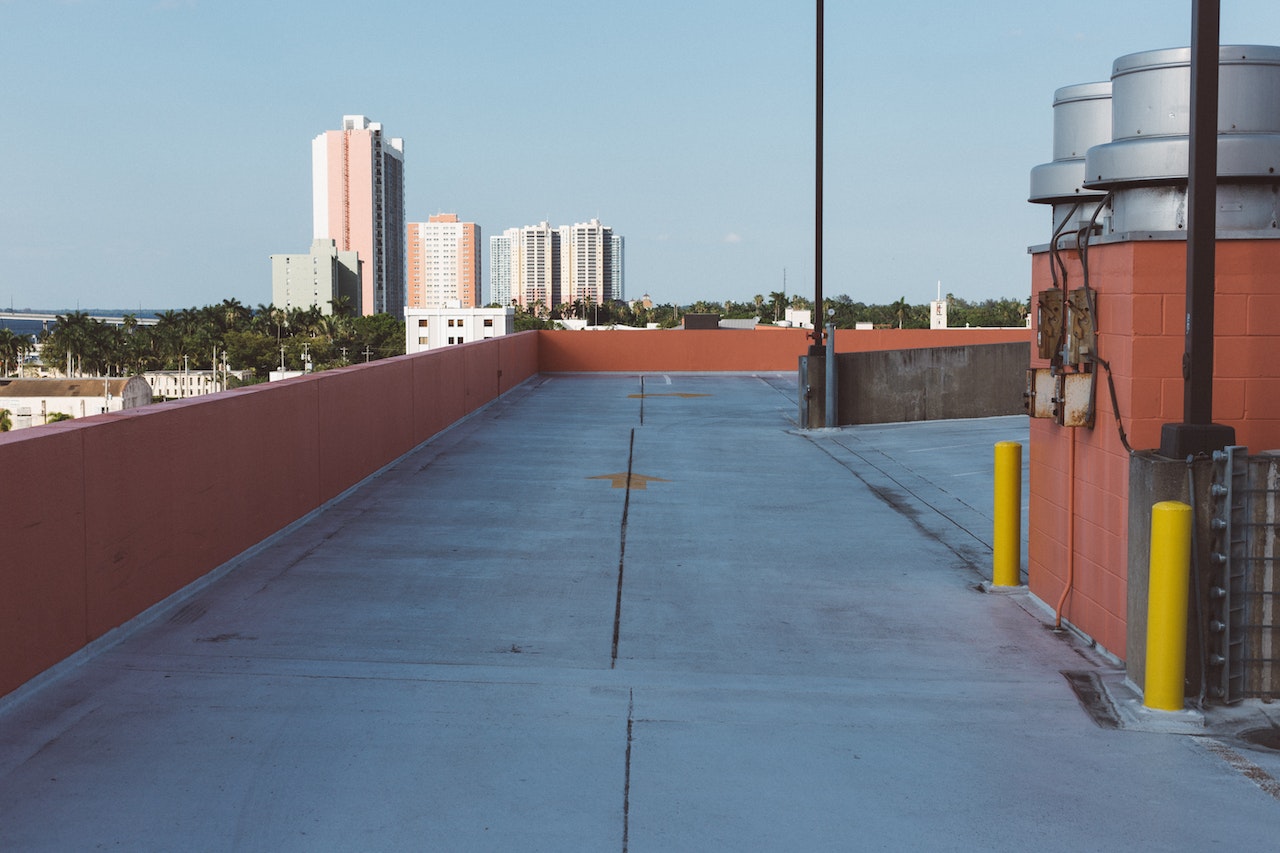Flat roofing is a construction method with a low slope, providing accessible roof space. Materials like BUR, EPDM, and PVC are commonly used for durability. Maintenance is vital to prevent water pooling. Roofing professionals recommend drainage systems for proper water flow. Benefits include versatility and cost-effectiveness. EPDM is known for durability, UV, and weather resistance. TPO offers flexibility and heat-welded seams. PVC is strong and fire-resistant. Regular inspections and debris removal are essential maintenance tips. Ensuring intact flashing and seals prevent leaks. Inspections by roofing professionals extend roof lifespan. Explore more about flat roofing for a thorough understanding.
Characteristics of Flat Roofing
Flat roofing is known for its horizontal or nearly horizontal design, distinguishing it from sloped roofing styles commonly seen on residential properties. The critical characteristic of flat roofs is their minimal slope, typically ranging from 1 to 10 degrees. This design feature allows for easier accessibility and utilization of the roof space for various purposes, such as installing HVAC systems solar panels, or creating rooftop gardens.
Another defining trait of flat roofing is its construction materials. Flat roofs are commonly constructed using built-up roofing (BUR), modified bitumen, EPDM rubber, PVC, and TPO membranes. These materials are selected for their durability, flexibility, and weather-resistant properties, ensuring the roof can withstand the elements over an extended period.
Furthermore, flat roofs often require regular maintenance to prevent water pooling, which can lead to leaks and structural damage. Proper drainage systems, including internal drains, scuppers, and gutters, are essential for flat roofs to ensure water is diverted off the roof surface effectively. Regular inspections and maintenance by qualified professionals are essential for maximizing the lifespan and performance of flat roofing systems.
Benefits of Flat Roofing
One notable advantage of flat roofing systems is their versatility in accommodating various rooftop installations and functionalities. Flat roofs are ideal for installing HVAC units, solar panels, green roofs, and outdoor recreational spaces such as rooftop gardens or patios. This versatility maximizes the usable space on a property, offering opportunities for both practical and aesthetic enhancements.
Another benefit of flat roofing is its cost-effectiveness. Flat roofs are typically more straightforward and quicker to install than sloped roofs, resulting in lower labor costs. Moreover, the simple design of flat roofs often requires fewer materials, reducing overall construction expenses. Maintenance and repairs for flat roofs are also typically more straightforward and less costly than their sloped counterparts.
Furthermore, flat roofs’ level surface makes them more accessible for inspection, maintenance, and repairs. This accessibility can lead to early detection of issues, preventing potential extensive damage and prolonging the roof’s lifespan.
Common Materials for Flat Roofing
Popular choices for flat roofing materials include EPDM, TPO, PVC, and modified bitumen. EPDM (ethylene propylene diene terpolymer) is a synthetic rubber membrane known for its durability and resistance to UV rays and weathering. TPO (thermoplastic polyolefin) is a single-ply roofing membrane that offers excellent flexibility and heat-welded seams, making it a popular choice for flat roofs. PVC (polyvinyl chloride) roofing membranes are known for their potency, durability, and resistance to chemicals and fire. Modified bitumen is an asphalt-based material strengthened with fiberglass or polyester for added strength and flexibility.
EPDM is commonly installed using ballasted, fully adhered, or mechanically fastened methods. TPO and PVC membranes are typically heat-welded or glued down during installation. Modified bitumen is applied in multiple layers using heat or cold adhesives. Each material has unique characteristics and installation methods, so it’s crucial to consult with a professional roofer to determine the best option for your flat roof.
Maintenance Tips for Flat Roofing
When maintaining the integrity and longevity of flat roofing systems, following a regular maintenance schedule is essential to prevent costly damages and ensure peak performance over time. One crucial maintenance tip is to regularly inspect the roof for any signs of damage, such as cracks, blisters, or pooling water. Addressing these issues promptly can prevent water infiltration and structural damage. Keeping the roof clear of debris is also crucial, as organic matter can hold moisture and accelerate roof deterioration.
Moreover, ensuring that all flashing and seals are intact and in good condition is essential for preventing leaks. Regularly cleaning gutters and ensuring proper drainage will help avoid water buildup, which can lead to roof damage and leaks. Conducting bi-annual professional inspections can catch any potential problems early on and extend the lifespan of the flat roof.
Other Tips for Roofing
